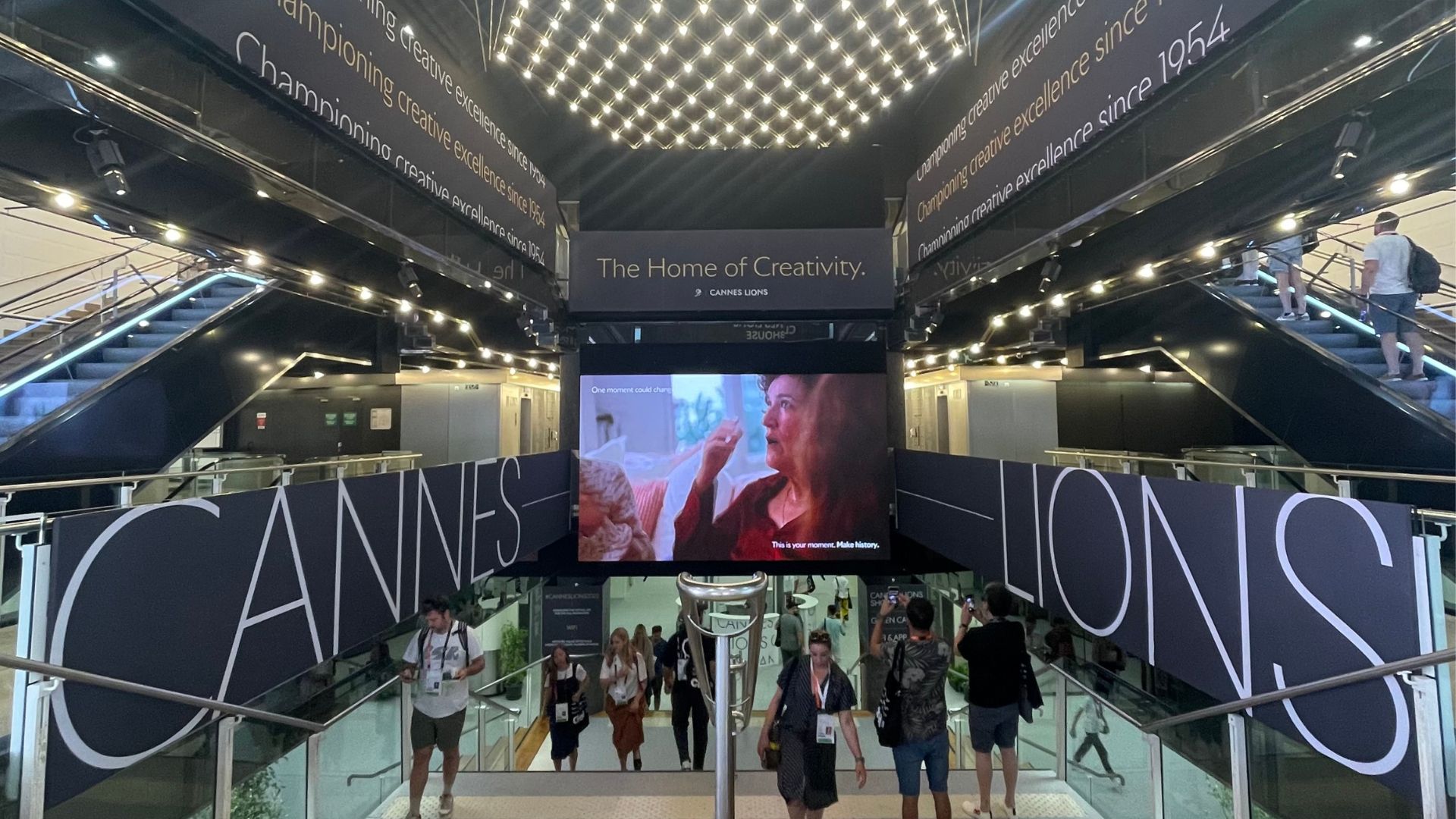More often than not, “creatives” get chided by “non-creatives” for coming up with ideas in a vacuum — ideating in a pink-pony-laden fantasy world where anything goes and the sky is the limit. Admittedly, this is the mental atmosphere one should be in for brainstorming, yes. But come on, at the end of the day, clients want usable ideas — and cotton-candy-filled clouds with over-the-top rainbows and unicorns aren’t sellable ideas, or ideas that will sell product.
Is this always true? Not at all. This is a huge sweeping generalization (as is the notion that there are “creatives” and “non-creatives,” but I digress). Sure, sometimes it is accurate, but the issue at hand is more that creativity — and creative observations, for that matter — require work. One doesn’t just notice a relevant trend and say, “Wow. That’s trending.” That trend needs to be worked, analyzed, pushed and pulled into usability — and relevance for the clients that you creatively answer to.
 If I read a report telling me people are really into growing their own vegetables, or foraging for mushrooms, that’s just the first step in the mental process. What does that mean for our food brands? One could interpret that people have some skin in the processing and origins of their food product — that they want to be involved far earlier than selection and consumption. Furthermore, how do we frame this in a client recommendation? How does this impact our programming choices in the next few months? Maybe we recommend opening the door on the food harvesting or production process for one of our clients.
If I read a report telling me people are really into growing their own vegetables, or foraging for mushrooms, that’s just the first step in the mental process. What does that mean for our food brands? One could interpret that people have some skin in the processing and origins of their food product — that they want to be involved far earlier than selection and consumption. Furthermore, how do we frame this in a client recommendation? How does this impact our programming choices in the next few months? Maybe we recommend opening the door on the food harvesting or production process for one of our clients.
As PR creatives, we attend conferences, listen to insights seminars, and try to stay culturally relevant and rounded in order to be at the top of our game. But when push comes to shove, our true role is taking creative inspiration and translating it. We’re the sherpas who filter cultural sticking points and translate them into relevance for our agency’s accounts — “applied” creativity as I like to call it. So often, trend reports leave me asking — so what? And it’s our job to answer that question — take the next mental step — and turn the seed into a budding plant.


